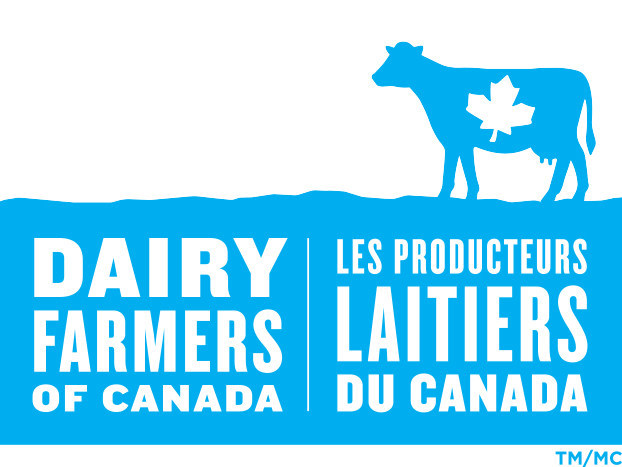Best Management Practices for High Quality Silage Production: What Does the Research Say?
Complete

Project Overview
Successful milk production in Canada relies on high-quality forage, which is often stored as silage. The objectives of this project were to identify silage management practices that were associated with producing high quality silage, and to examine annual costs and gross margins across different silage systems across Canada.
What Did the Research Team Do?
Over 240 silage samples from three silage systems (bunker, conventional tower, and wrapped round bales) were compared to assess differences in quality parameters, fungal species and mycotoxin presence. An economic analysis was conducted to determine annual costs and gross margins for each of the three silage systems.
What Did the Research Team Find?
- Good quality silage can be made in all types of systems! The key is to find what works best for you and your farm.
- Wrapped round bales were found to have slightly higher quality parameters than tower and bunker silos, though all three systems performed very well overall.
- Silage quality was improved with certain practices, such as using a bacterial inoculant, increasing legume content, harvesting earlier, and not using a mower conditioner.
- While the potential for mycotoxin production exists in silage, the vast majority of samples did not have active mycotoxin production and the risk to cattle is very low.
- Wrapped round bales had the lowest annual cost, with the highest gross margin of all 3 common silo systems.
**Scroll down for project communication outputs**
Principal Investigators
Nancy McLean
Dalhousie University
Linda Jewell
Agriculture and Agri-Food Canada (St-John's)
Co-Investigators
Kees Plaizier
University of Manitoba
Kim Ominski
University of Manitoba
Carole Lafrenière
Université du Québec en Abitibi-Témiscamingue
Shabtai Bittman
AAFC-Agassiz
Emmanuel Yiridoe
Dalhousie University
Key Words
- Farm efficiency, sustainability, silage quality, silage management
Period: 2018-2023
Budget: $799,419
Last Updated: January 17, 2024
Note: As per the research agreement, aside from providing financial support, the funders have no decision-making role in the conduct of the studies, data collection, and analysis or interpretation of the data. Researchers are independent in conducting their studies, own their data, and report the outcomes regardless of the results. The decision to publish the results rests entirely with the researchers.
PROJECT COMMUNICATION OUTPUTS
VIDEO: Best practices for silage production: What does the research say?
Nancy McLean discusses the objectives and key findings of this research project.

VIDEO: How do silage management practices impact your farm?
Farmers discuss their own experiences with silage production in Nova Scotia.
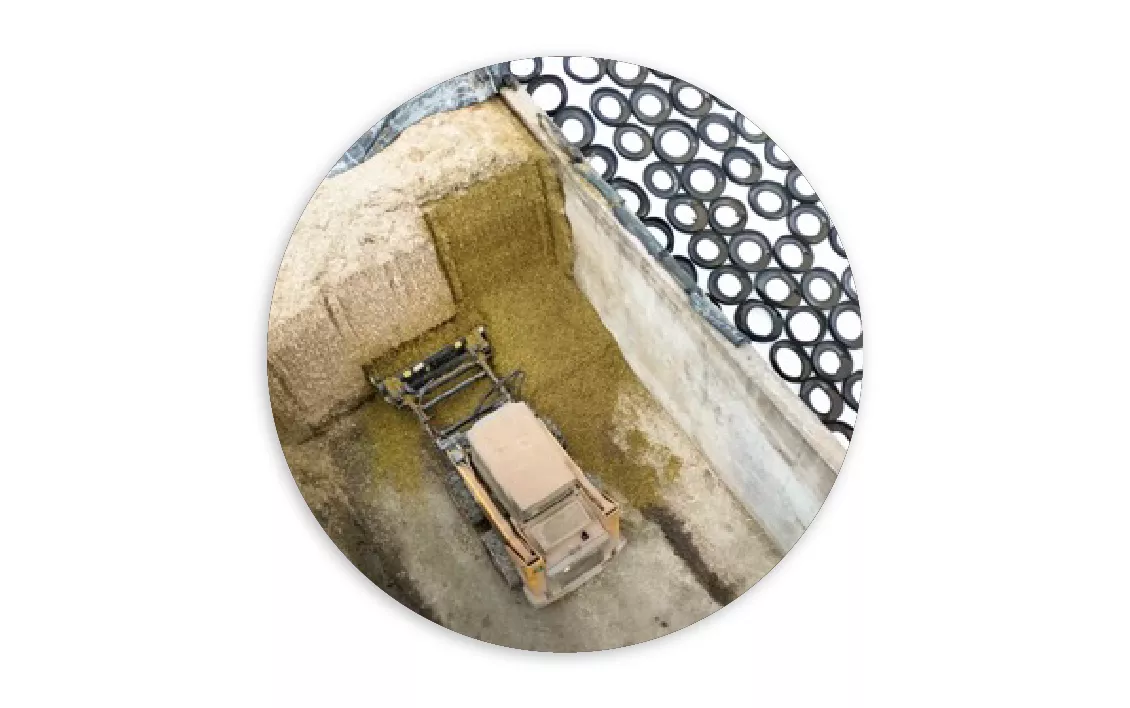
ANIMATED VIDEO: Understanding fungal spoilage and mycotoxins in silage
Learn about Linda Jewell’s work examining fungi in silage across Canada.
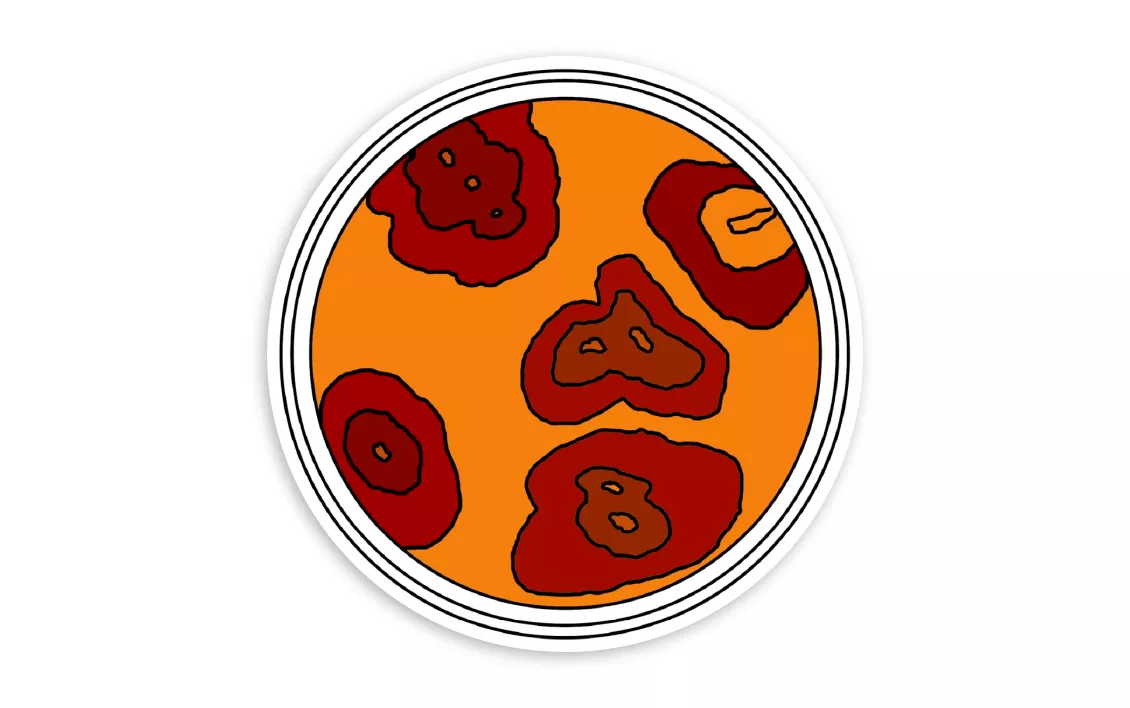
WEBINAR
Watch the recording of a virtual research showcase co-presented by Nancy McLean and Linda Jewell.
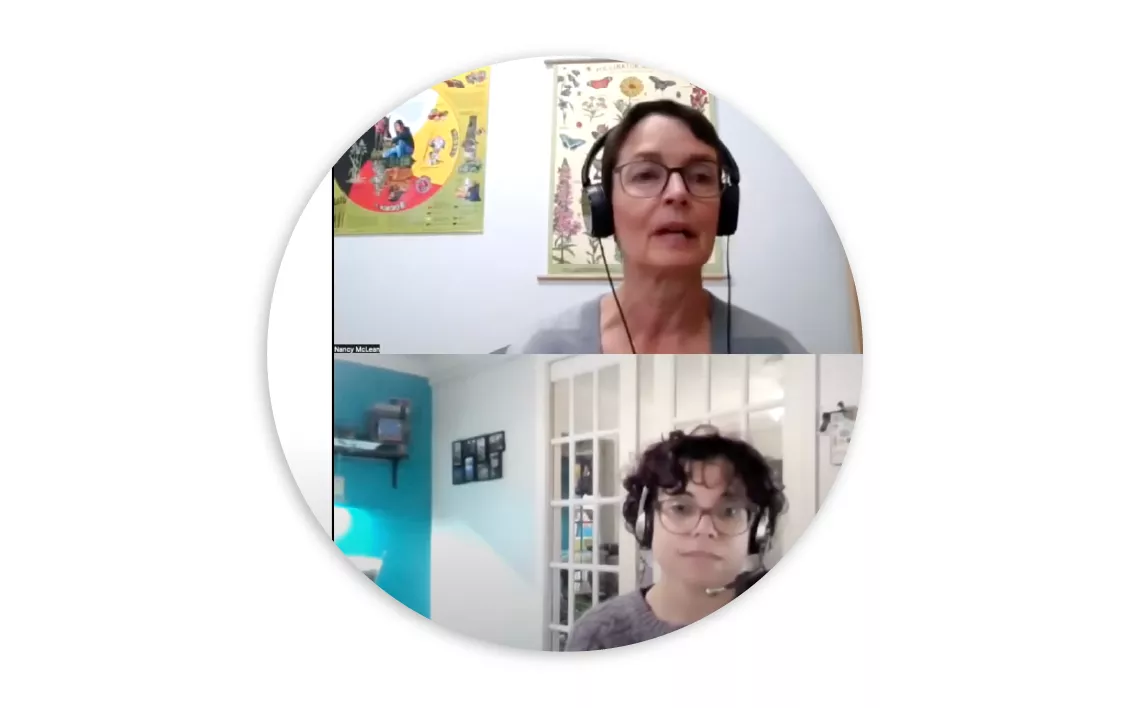
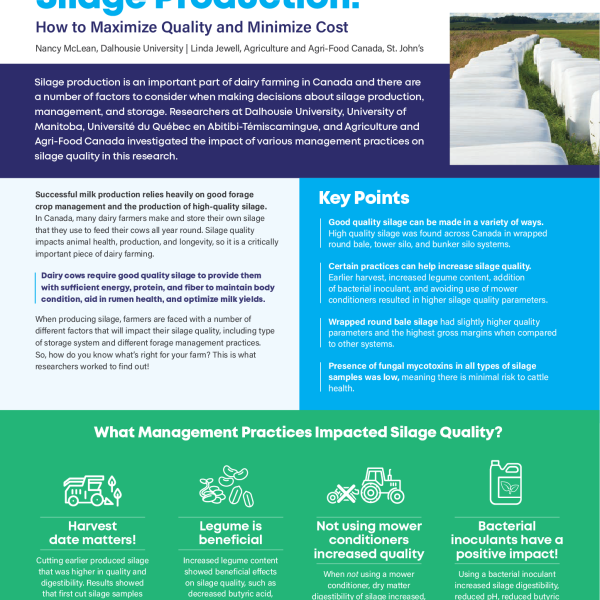
INFOGRAPHIC
Download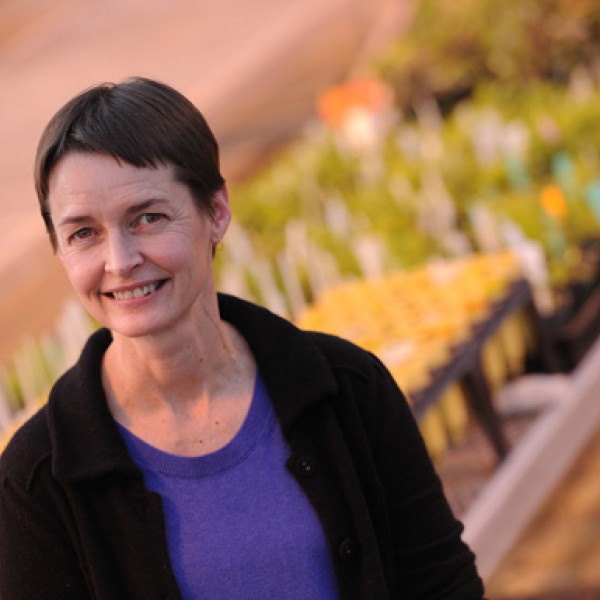
PODCAST
Listen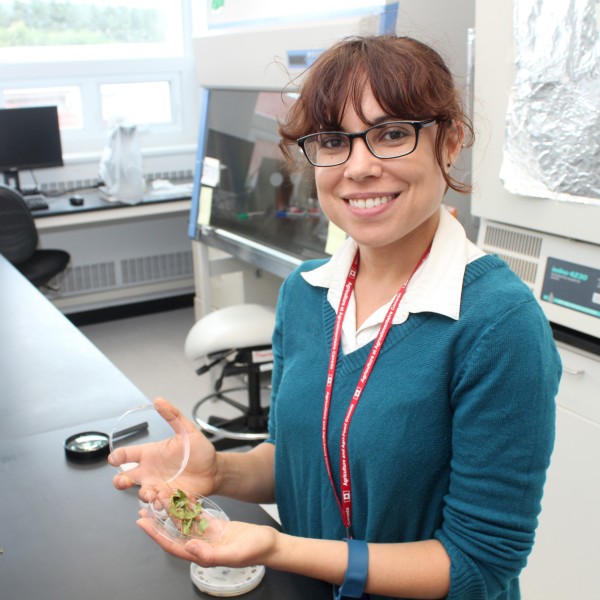
PODCAST
ListenPROJECT PUBLICATIONS
-
Plett, C., Plaizier, J.C., McLean, N., Lafrenière, C., Bittman, S., Ominski, K. 2022. Comparison of near-infrared reflectance spectrometry and wet chemistry analyses on first-cut legume-grass silages. Abstract 1144. J. Dairy Sci. 105, Suppl.1:55.
-
Plett, C., Plaizier, J.C., McLean, N., Lafrenière, C., Bittman, S., Ominski, K. 2022. Determining and comparing the quality of legume, grass, and legume-grass mix silages on Canadian dairy farms. Abstract 1146. J. Dairy Sci. 105, Suppl.1:56.

